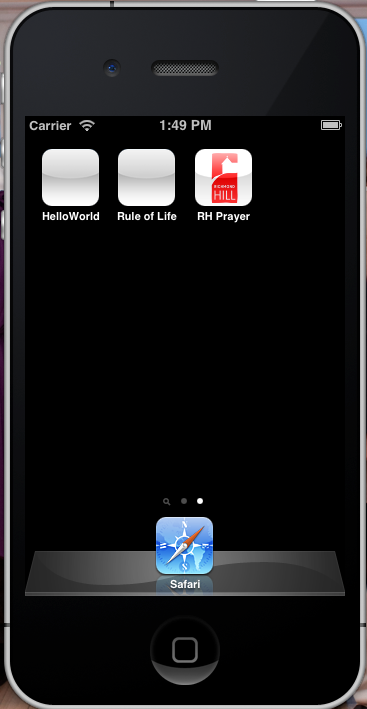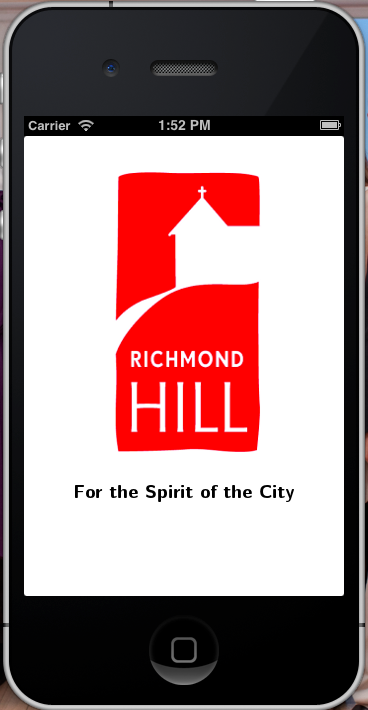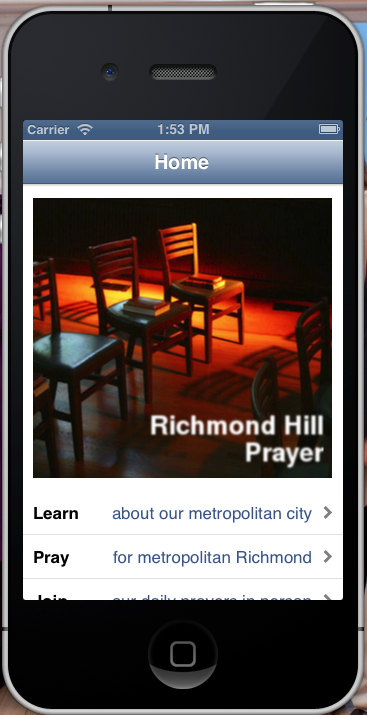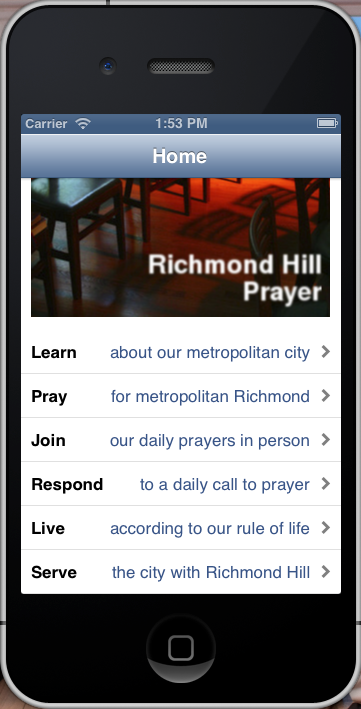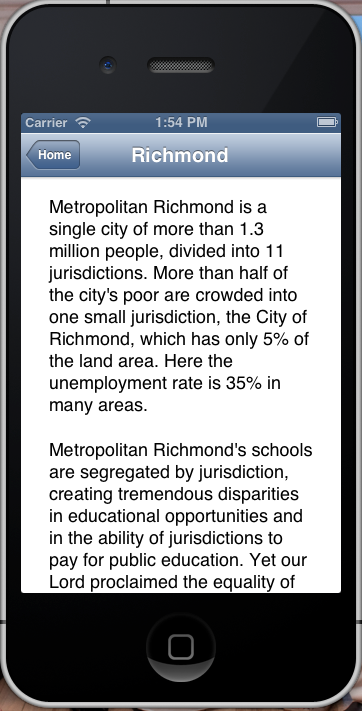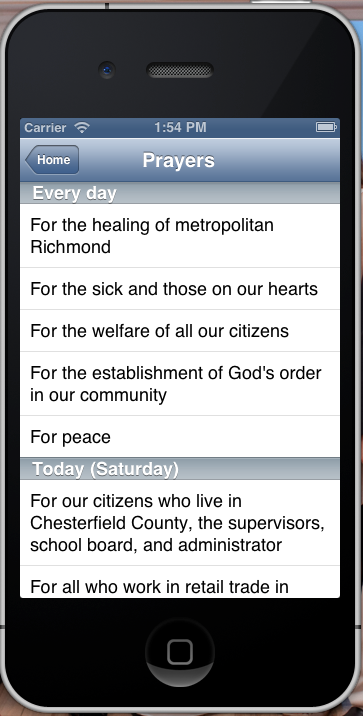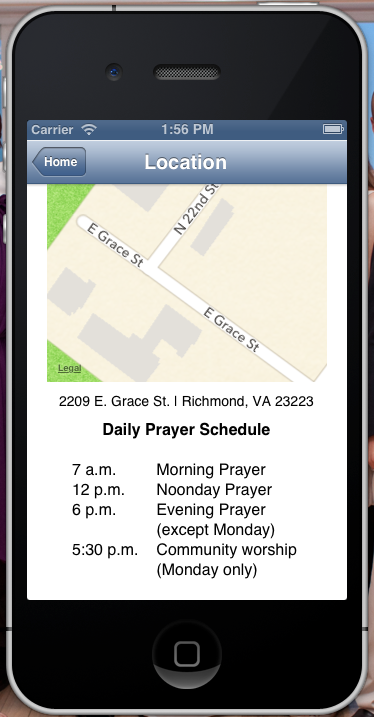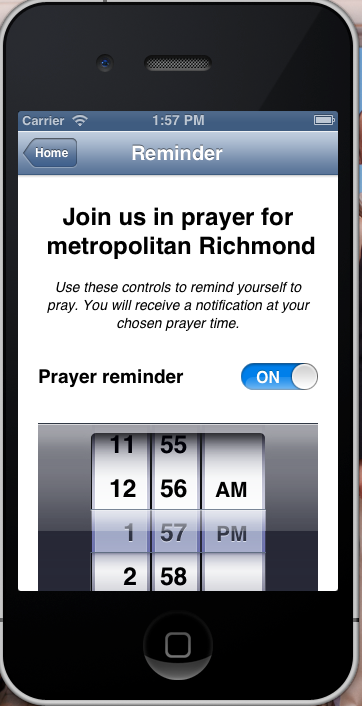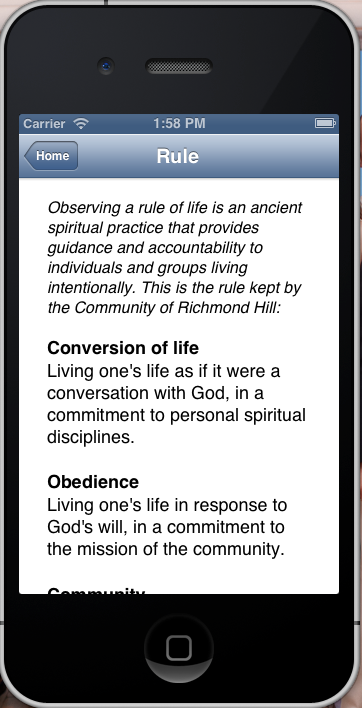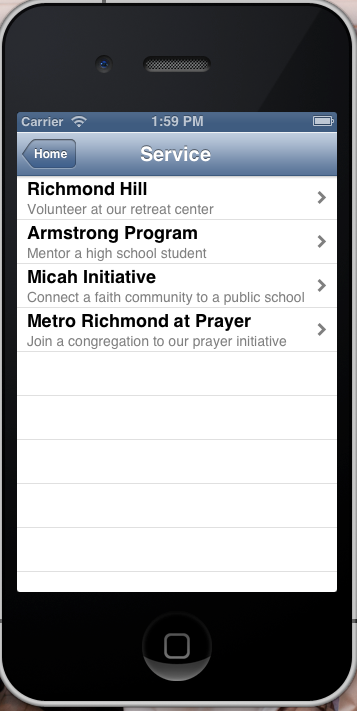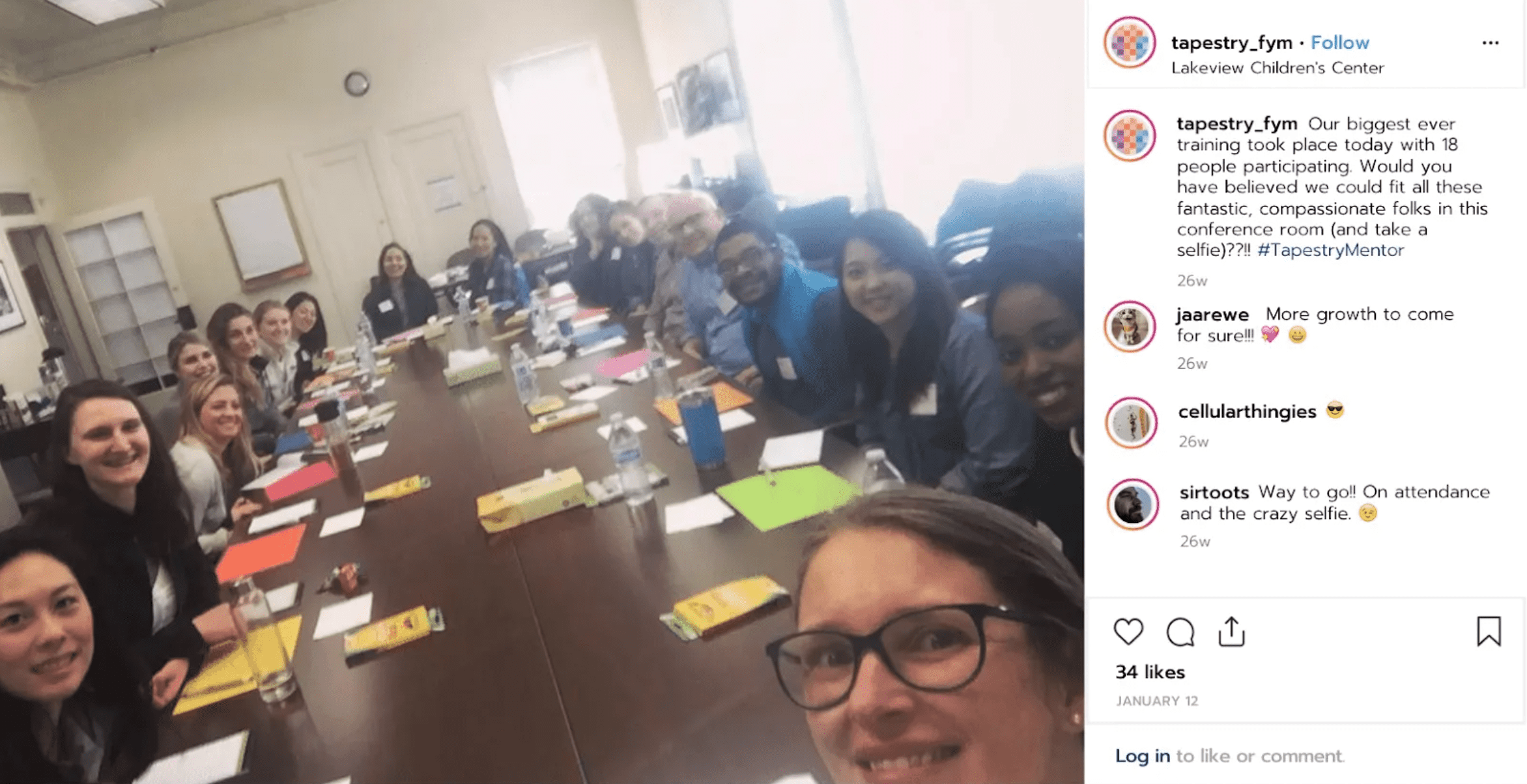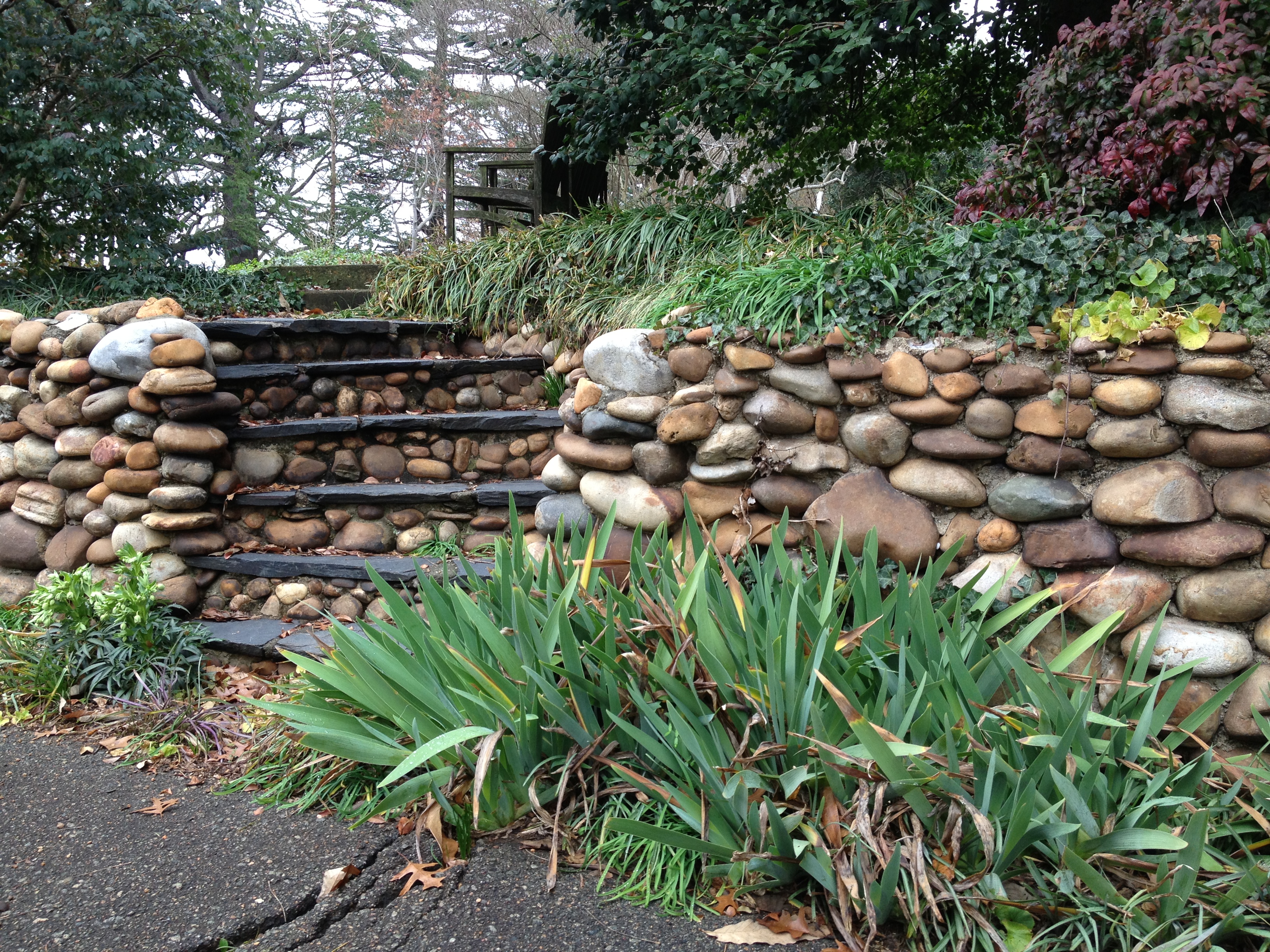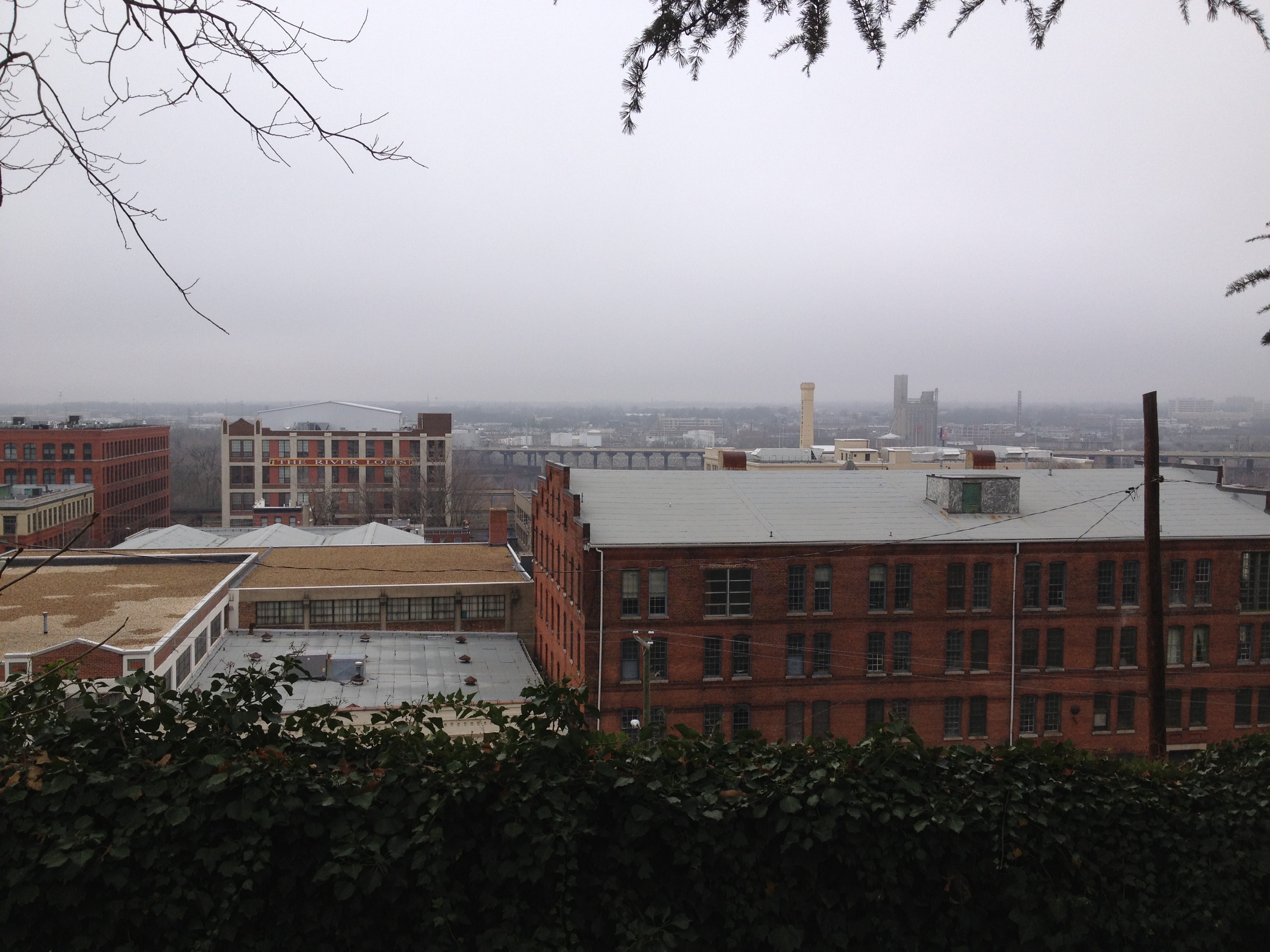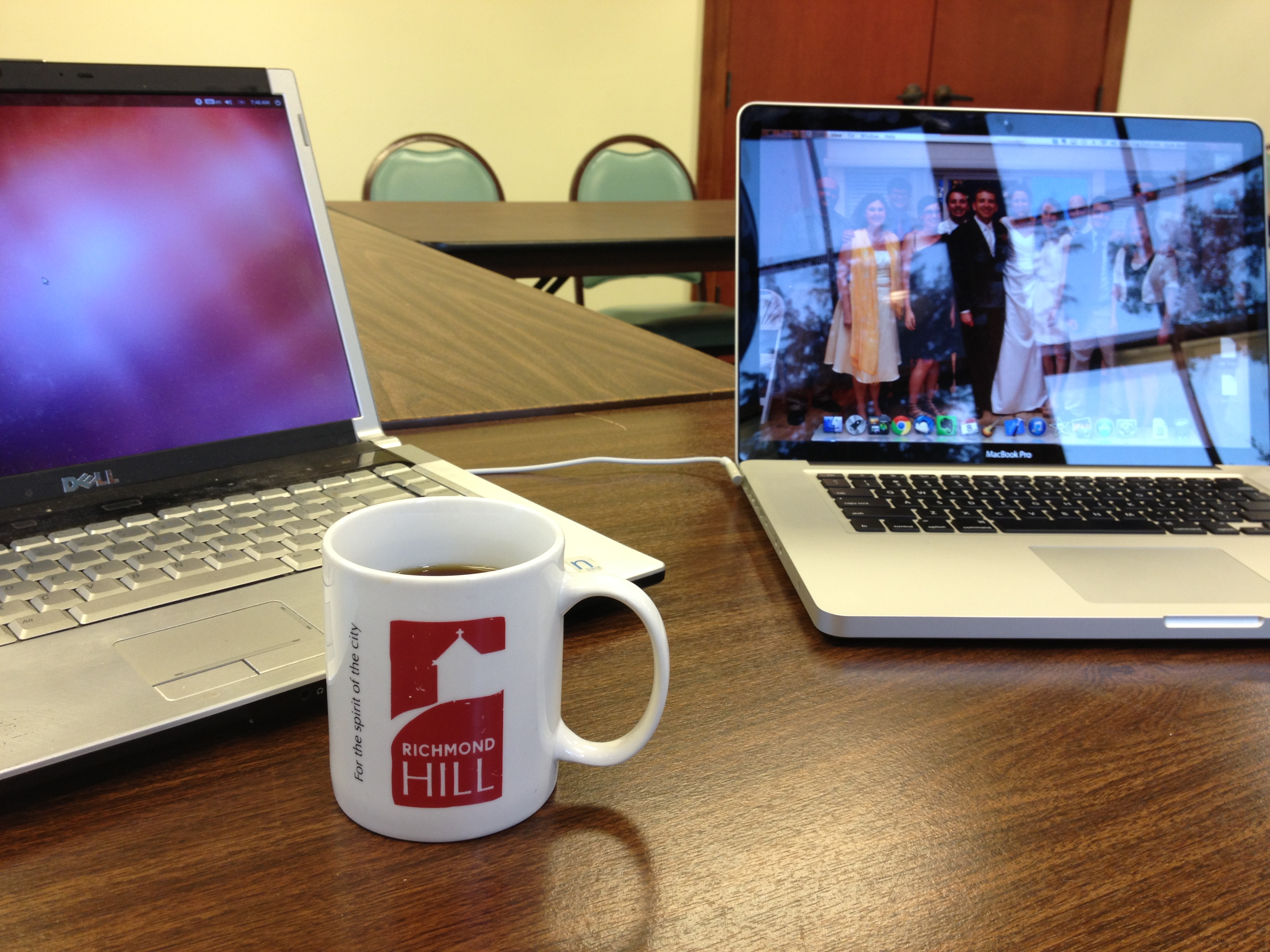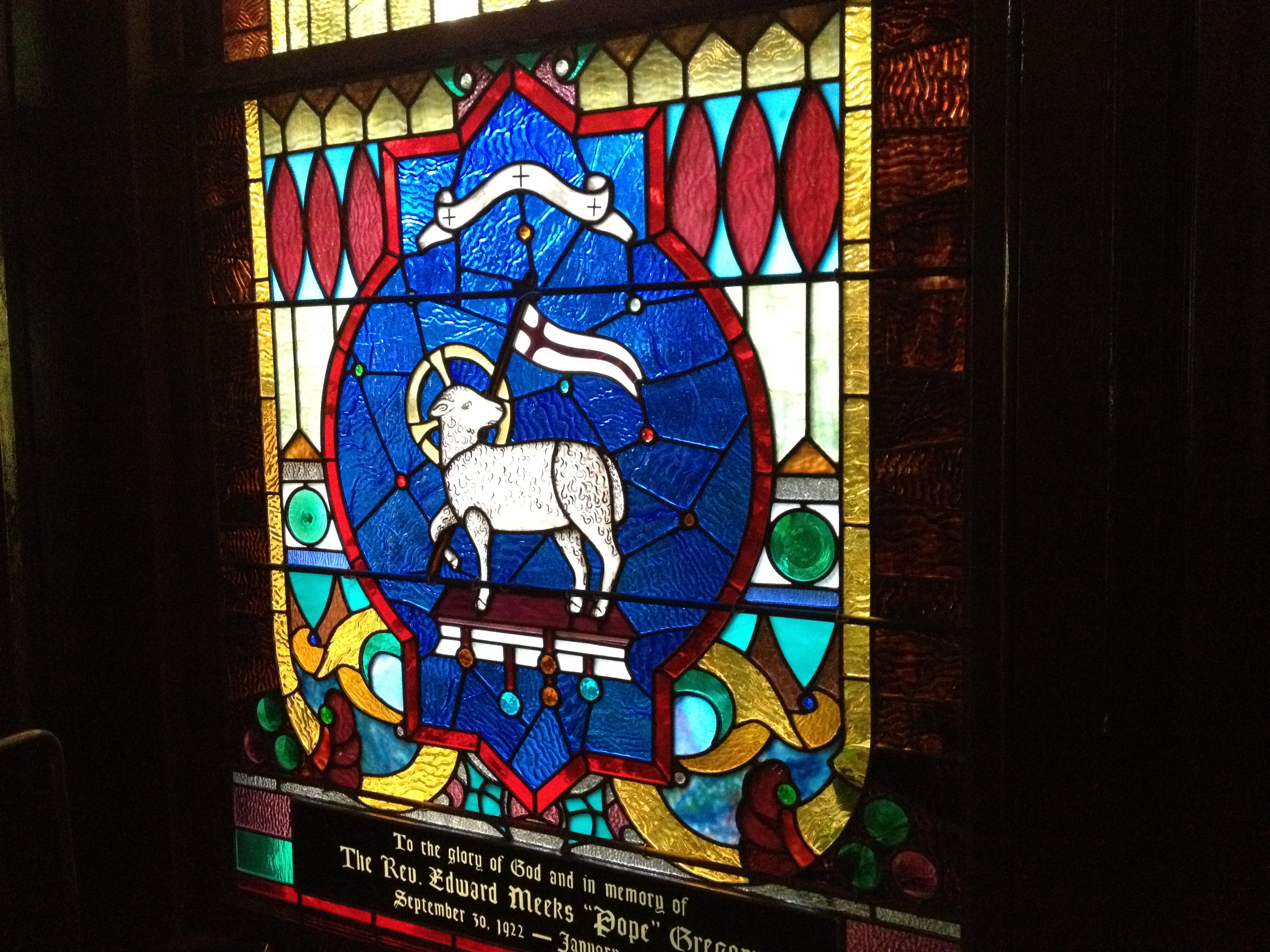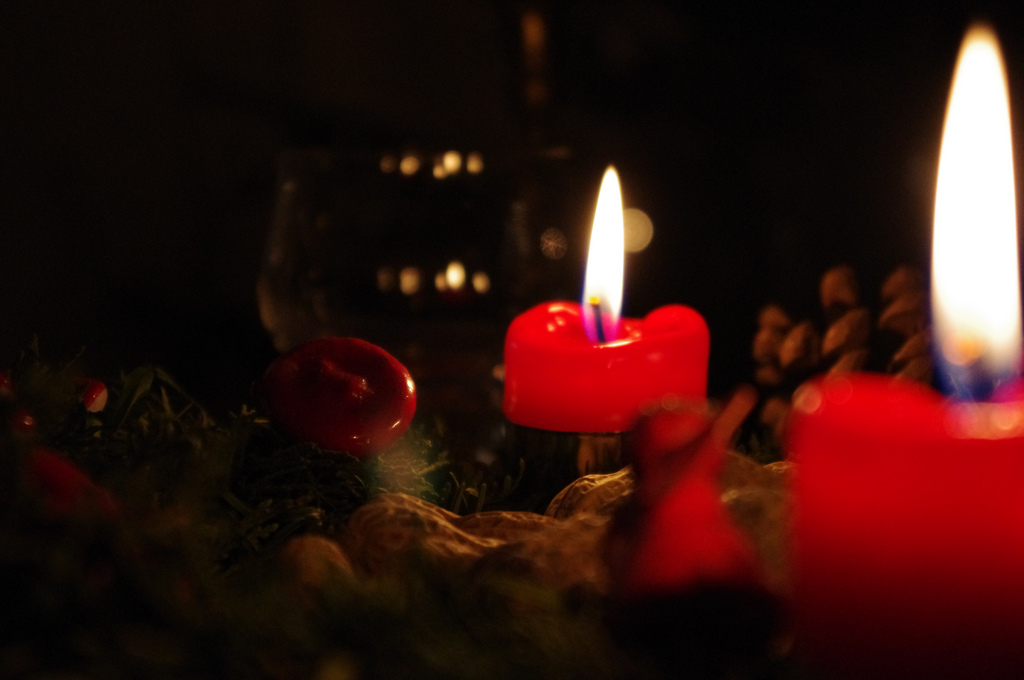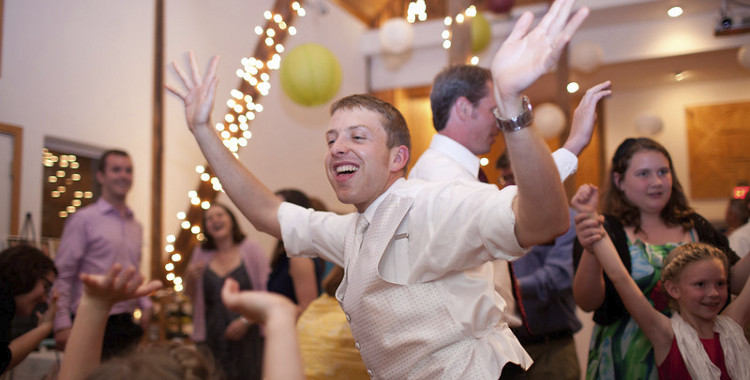Advent 4, Year C (Luke 1:39-55)
PDF | Audio (or via Dropbox) | Text:
Image source: Chris Wolff CC BY 2.0 via Flickr
—
Three weeks ago, Bishop Steven Miller bid us to embrace the present moment and put on the splendid apparel that is ours in Christ Jesus. Two weeks ago, Fr. Humphrey helped us name the grief and loss in all our lives and to arm us with the only protection we have: love. Last week, Fr. Andrew turned our attention to John the Baptist’s message of repentance and our responsibility to examine the things that set us off in the wrong direction.
“Live in the now.” “Love even if it hurts.” “Leave your sin behind.” These are fine Advent exhortations, all. Filled with joyful expectation of Christ’s first and second coming. Filled with trust that this hope can make a real difference in our lives. I believe it can, and I hope you do too.
But how’d it go for us, this time around? How did we do, with these exhortations or with our own observances? It’s hard not to ask ourselves these questions on the final Sunday of Advent, especially in these years when week four isn’t much of a week at all. We are a results-driven society, a success-oriented society. As we approach the finish line, we want to take stock of the distance we’ve traveled. We have traveled, right? We’ve kept our holy Advent?
Maybe not. Not the way we planned to anyway. Or maybe we didn’t even get to the planning stage. Let me speak only for myself and say that, as usual, I have been spinning my wheels intermittently, trying too hard when I’ve tried at all. I feel like another Advent has gotten away from me. Perhaps you feel that way as well.
There is spiritual danger in Advent and Lent, these short seasons of repentance and preparation leading up to our joyous principal feasts. The danger for many of us is this: We start to worry that if we do not do our part, God will not do God’s part. We’re not worried that Christmas and Easter won’t happen, not exactly. We’re worried they won’t happen for us, that we’ll somehow mess them up, that our preparation will prove inadequate.
In this matter there is good news for us this morning, my sisters and brothers: Because that is not the way divine love and divine action work in our lives. God is not so easily thwarted. Luke especially among the evangelists is not shy about reminding us of this reality. Indeed, he makes the case in his very first chapter, in three stories about three divine visitations.
The first visit, of course, is to Zechariah, who meets the angel Gabriel while doing his priestly duties in the temple, duties he was chosen for that day by lot. But according to Luke, it was anything but chance that brought Zechariah to that place of divine encounter: “Do not be afraid, Zechariah,” the angel says, “for your prayer has been heard. Your wife Elizabeth will bear you a son, and you will name him John. You will have joy and gladness, and many will rejoice at his birth.”
Luke doesn’t let us miss the parallels between Elizabeth and Zechariah on the one hand and Sarah and Abraham on the other, both couples apparently infertile and getting on in years. It’s as if God is saying, “Remember how I built a great nation from Abraham and Sarah? Well hold on to your hats, because I’m at work in the world still, and you and your wife are right in the thick of it.”
Does Zechariah’s hesitant disbelief derail the events God has set in motion through this family? Nope, God just makes it part of the plan: The angel says to Zechariah, “[B]ecause you did not believe my words, which will be fulfilled in their time, you will become mute, unable to speak, until the day these things occur.” His months of silence add greater drama to the prophecy he eventually speaks to his son: “Blessed be the Lord God of Israel, for he hath visited and redeemed his people.” In that moment, the first among those redeemed is Zechariah himself. His doubt was no problem for God.
The next and most famous visit is the angel’s annunciation to Mary, who proves more thoughtful and open, saying “yes” to the angel’s strange greeting and stranger plan. Despite her confusion, she accepts that “nothing will be impossible with God.” And we have to agree with that remarkable assessment as we hear Luke narrate the divine details: We learn that Mary is a fitting choice not only for her favor in God’s eyes, but because her husband-to-be is a descendent of the great King David, from whom Jesus will inherit his throne. Plus, Luke adds, almost in passing, like it’s no big deal, it turns out that Mary’s relative Elizabeth is none other than the wife of Zechariah, about whom, well, see above. By the end of this second visitation, we’re getting the idea that the events unfolding share a heavenly momentum indeed.
Our gospel lesson this morning, the third visitation, is the icing on this already very elaborate cake. Here a final unlikely sign precedes the singing of a stunning canticle that captures the spirit of all that has come before it. In this last scene, Mary and her unborn son are received by more than just Elizabeth, more even than Elizabeth and the prophet who leaps inside her. Luke tells us that Mary’s cousin is also “filled with the Holy Spirit.” Through that Spirit, she gives thanks for the visitation of “the mother of [her] Lord,” a woman who “”believed there would be a fulfillment of what was spoken to her.”
So we get the sense at last that the characters have been gathered: Mary, who will sing the song; Elizabeth, who introduces and hears it; Jesus and John, unborn but not unacknowledged; perhaps Zechariah, sitting quietly in a corner; and the Holy Spirit, who has been working overtime setting this scene and who has spoken through the assembled prophets. Then, finally, we hear the words we know so well:
My soul doth magnify the Lord, *
and my spirit hath rejoiced in God my Savior.
For he hath regarded *
the lowliness of his handmaiden.
For behold from henceforth *
all generations shall call me blessed.
For he that is mighty hath magnified me, *
and holy is his Name.
And his mercy is on them that fear him *
throughout all generations.
He hath showed strength with his arm; *
he hath scattered the proud in the imagination of their hearts.
He hath put down the mighty from their seat, *
and hath exalted the humble and meek.
He hath filled the hungry with good things, *
and the rich he hath sent empty away.
He remembering his mercy hath holpen his servant Israel, *
as he promised to our forefathers,
Abraham and his seed for ever.
This song is nothing more or less than the work the Almighty has been doing with us since the beginning, work renewed in a singular way in the events of this magnificent first chapter of Luke: showing mercy and strength, taking the powerful to task and the vulnerable to pasture, fulfilling the promise of salvation to and through the people of God.
And to think we thought we could screw it up by forgetting to say our prayers or getting overly busy with Christmas shopping. No, I stand here to say to you that the Spirit has been powerfully at work in our lives these last three weeks, even if we forgot to send an invitation and even if we didn’t notice. So if it feels like this Advent has gotten away from you, take a few minutes between now and tomorrow night to ponder what this might mean.
What were you expecting Advent to sound like? Did we skip your favorite seasonal hymn? Well, perhaps the voice of a friend or family member announced the theme that will be with you through the days ahead. What were you expecting Advent to look like? Were you seeking the luminescent countenance of an angel? Perhaps the Spirit visited in the simple lighting of an advent wreath when the night was dark and cold.
What were you expecting Advent to feel like? Are you left on this Christmas Eve’s eve with a sense of incompleteness, or anxiety, or confusion? Don’t let Luke’s orderly account convince you that God’s servants don’t, or shouldn’t have those experiences. On either side of the rejoicing that accompanied these visits and these births, surely there was worry and regret, a sense that everything was happening too fast, or too soon, or the wrong way. Just ask Joseph, or read the first couple chapters of Matthew.
No, the Advents that get away from us are the most useful ones of all, because they remind us that our preparation, repentance, and hopeful anticipation are not confined to any season and that it is God, and not we ourselves, who accomplishes in us the work of salvation. The birth, death, and resurrection of Christ Jesus are pure gift, and as we tell the story one more time, the Spirit will open our eyes to new ways we might experience that gift.
So perhaps it’s appropriate for us to turn the collect for the fourth Sunday of Advent around, in grateful acknowledgement of God’s sure presence with us this season. Let us pray:
Almighty God, we thank you for your daily visitation, wherein our consciences are purified; our hopes, rekindled; and your intentions for our lives, revealed—in your good time and by your good grace. We thank you for fashioning within us a mansion for your Son, where we trust that he will dwell with us and order our lives in accordance with your will. Our spirits rejoice in you, O God our Savior, and holy is your name. Amen.
